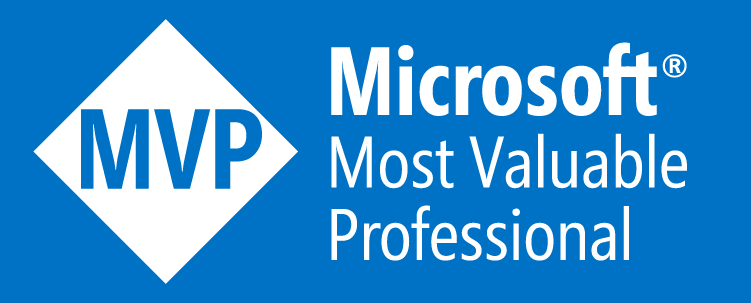If you have a PowerShell script you’d like to run constantly in the background and start up automatically after a reboot, the best option is to run it as a Windows service. I’ll show you how to set this up using NSSM, the Non-Sucking Service Manager.
The Scenario
Most PowerShell scripts aim to run a task and then exit. You’ll usually execute a script from the PowerShell console or perhaps trigger it periodically via the Windows Task Scheduler. However, you may want to run a script 24/7 and ensure it starts up again after a reboot or crash. To do this, the easiest option is to use NSSM.









